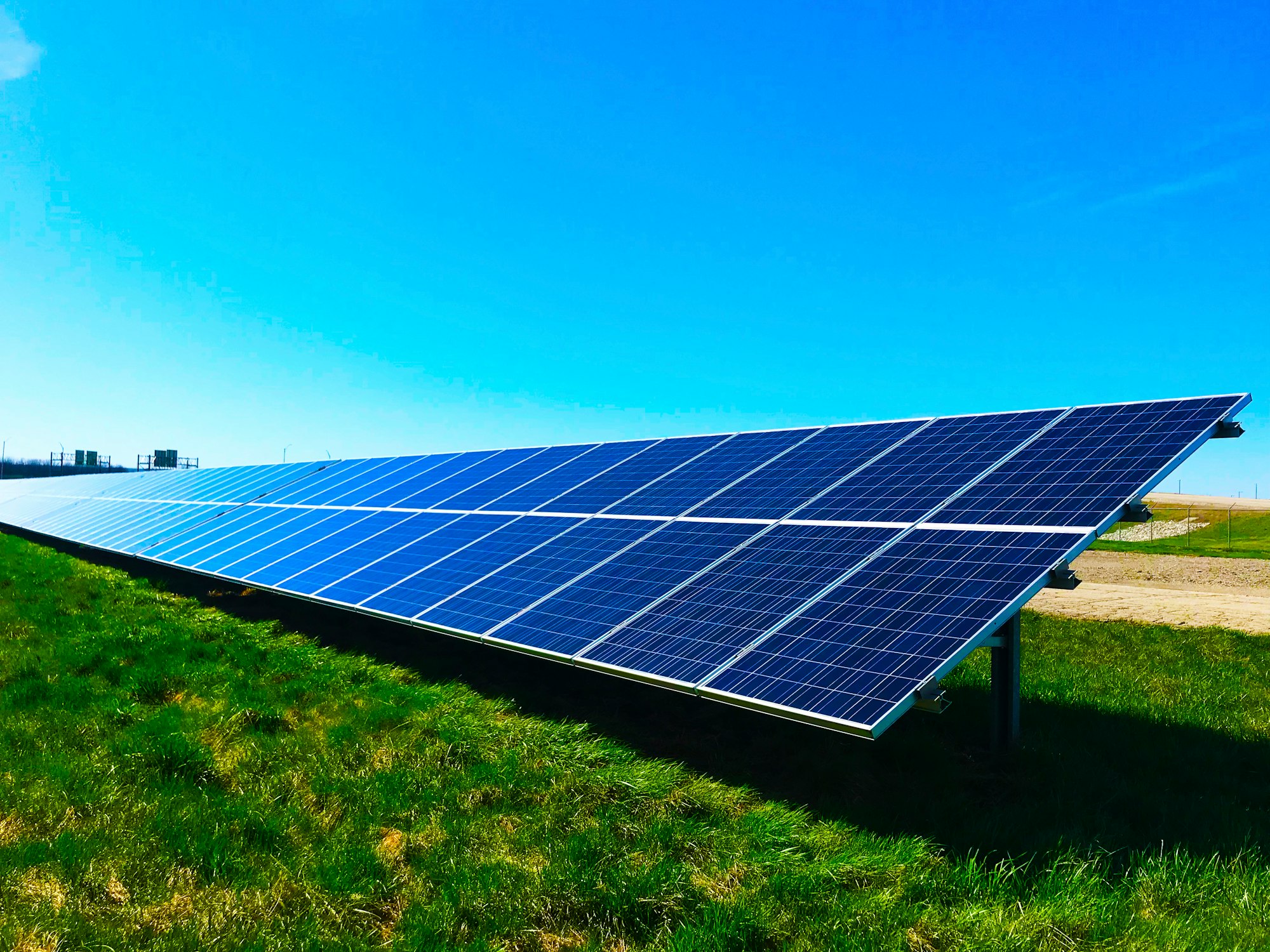
Why I love solar
Kamal Kapadia pursued a journey, in the 1990s, from India to the UK, learning about off-grid solar potential and contributing to rural electrification. Now, as solar growth exceeds predictions, Kamal sees it as a key tool against climate change, despite challenges.
Kamal Kapadia pursued a journey, in the 1990s, from India to the UK, learning about off-grid solar potential and contributing to rural electrification. Now, as solar growth exceeds predictions, Kamal sees it as a key tool against climate change, despite challenges.
Outline
I got into climate work in the late 1990s, not because I was motivated by decarbonization, but because I fell in love with solar energy. Really!
I had to leave my home country of India and go to the UK to pursue a Master's degree to learn that 2 billion people (at the time) lacked access to grid electricity. And we could get them power with small-scale, off-grid solar photovoltaic systems.
This discovery blew my 22-year-old mind. To think we had this blazing ball of unlimited energy in the sky that we could tap into anywhere—I wanted to shout this from the rooftops.
And I mean anywhere—my very first job, not even listed on my LinkedIn profile as it was so long ago, was as a member of the founding team of 3.5 people at Solarcentury (now Statkraft), started by the incredible Jeremy Leggett. Jeremy had the audacious idea of building a business selling retail solar PV in the UK—in 1998, this market did not exist. And yes, this was in a country where the sun struggles to break through the clouds most days.
After I took this job, I encountered friends and family who felt sorry for me. They thought I was doing this because I lacked better options. One well-meaning friend offered me a job at their consulting company out of pity.
But I was mad for solar. After a year, I switched jobs to work at Solar Electric Light Company, now SELCO India, founded by the visionary Harish Hande. I moved from cloudy UK to sunny Sri Lanka, where we had a subsidiary focused on off-grid, rural solar electrification. Those early years of solar adventuring were some of the best experiences of my life.
I now only have an outsider's view of the solar revolution, but I feel so vindicated! Each year, growth in solar installations breaks new records. It is the cheapest form of power anywhere—something we could only dream of in the late 90s. Combined with storage, solar (+ wind, which is a type of solar energy if you really think about it!) may not get you 100% of the way to clean power, but it sure gets you close in most places. With all the scary climate news out there, solar news remains a bright spot, pun intended.
I don’t mean to underplay the challenges—grid interconnection problems, land grabs for solar projects, even slave labor in some factories. But there have always been challenges. The real story is not that problems exist. Despite these problems, solar PV installations globally have grown faster than all the pundits ever predicted, while prices have dropped, dropped, dropped at equally stunning rates.
So if you’re feeling down about climate change, look up at the sun and know we have one of the most effective tools to solve this problem right there!
As for those folks who felt sorry for me in the 1990s, they probably all have solar on their own roofs now 🙄.
Onward!
– Kamal Kapadia, PhD, Co-founder and Chief Learning Officer at Terra.do, and creator of Climate Change: Learning for Action.
More like this
So You're Ready to Step Up on Climate Action. Now What?
Folks ready to learn and do more about climate change have an array of options to get started. What are their respective pros and cons, and how does Terra.do stack up?
Our Next Cohort's Nickname Is the Manatees. Here's Why That's Special.
We've named each graduating class after animals at risk in our warming world, and we've just finished our first full lap through the alphabet.
Couldn’t We All Use More Storage?
Where are we going to put all that clean power from variable renewables like solar and wind? The world of batteries is already ramping up.

 Background
Background


